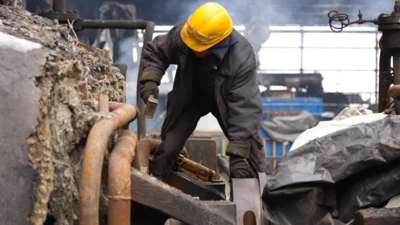We've updated our Privacy and Cookies Policy
We've made some important changes to our Privacy and Cookies Policy and we want you to know what this means for you and your data.
New child seat rules will confuse parents, warn experts
Image source, iStock
Top Stories
New booster seat rules risk leaving parents confused and open to fines, according to experts.
From 1 March, manufacturers will not be allowed to sell backless booster seats for smaller children.
However, parents who already own one will still be able to use them for children weighing more than 15kg (2st 5lbs).
The forthcoming rules mean children using new seats will have to weigh more than 22kg and be taller than 125cm.
They are to be brought in after the United Nations warned booster seats without backs are not safe for smaller children because they do not protect against side-on collisions.
Top Stories
Data obtained by the price comparison website Confused.com suggest that only 13% of parents understood the new rules.
Freedom of Information requests by the company suggest there were 4,600 incidents where UK drivers did not adhere to child seatbelt laws in 2015. More than 19,000 offences were recorded between 2013 and 2015.
Down to manufacturers
The changes will only apply to new backless seats and not ones already on the market that meet current safety standards.
Parents can continue to use their current model after the rule change and will not need to buy a new one for children weighing more than 15kg.
It will be down to manufacturers of new seats to ensure they meet the revised safety standards and are labelled correctly.
Many parents think they can judge which car seat they need to buy based on their child's age but it should only be used as guidance.
Car seats are typically categorised according to height and weight.
Height-based car seats, known as "i-Size" seats, must be rear-facing until the child is over 15 months old.
For weight-based car seats, the type depends on how heavy a child is. The current rules are:
Top Stories
- 0kg to 9kg (1st 6lbs) - A lie-flat baby carrier, a rear-facing baby carrier or rear-facing baby seat using a harness.
- 0kg to 13kg (2st 1lbs) - A rear-facing baby carrier or rear-facing baby seat using a harness
- 9kg (1st 6lbs) to 18kg (2st 12lbs) - A rear or forward-facing baby seat using a harness or safety shield
- 15kg (2st 5lbs) to 36kg (5st 9lbs) - A rear or forward-facing child seat, such as a high-backed booster seat or booster cushion, using a seat belt, harness or safety shield
Top Stories
More to explore
Most read
Content is not available








